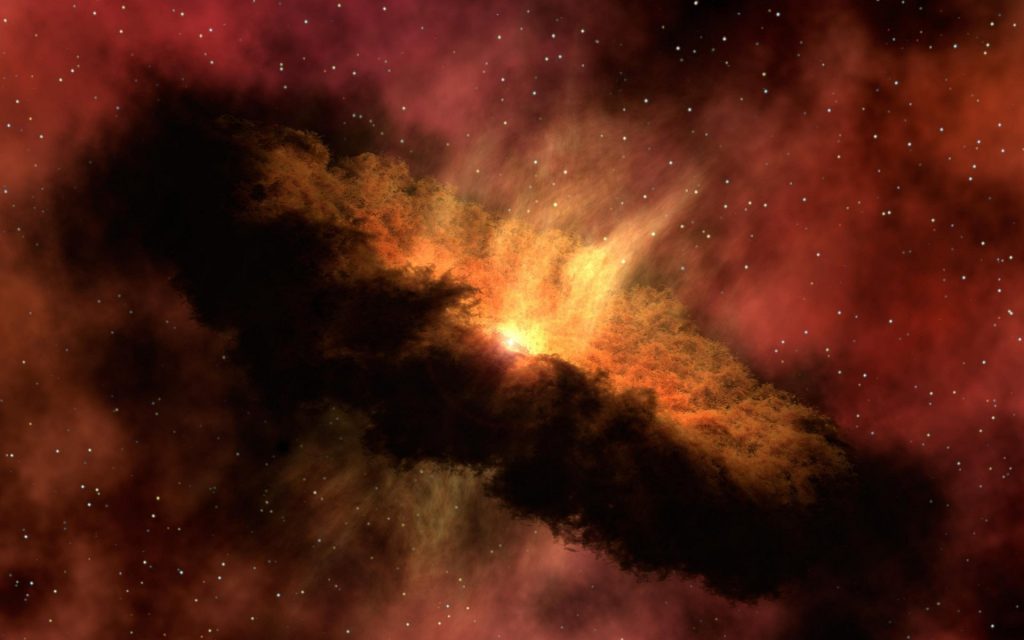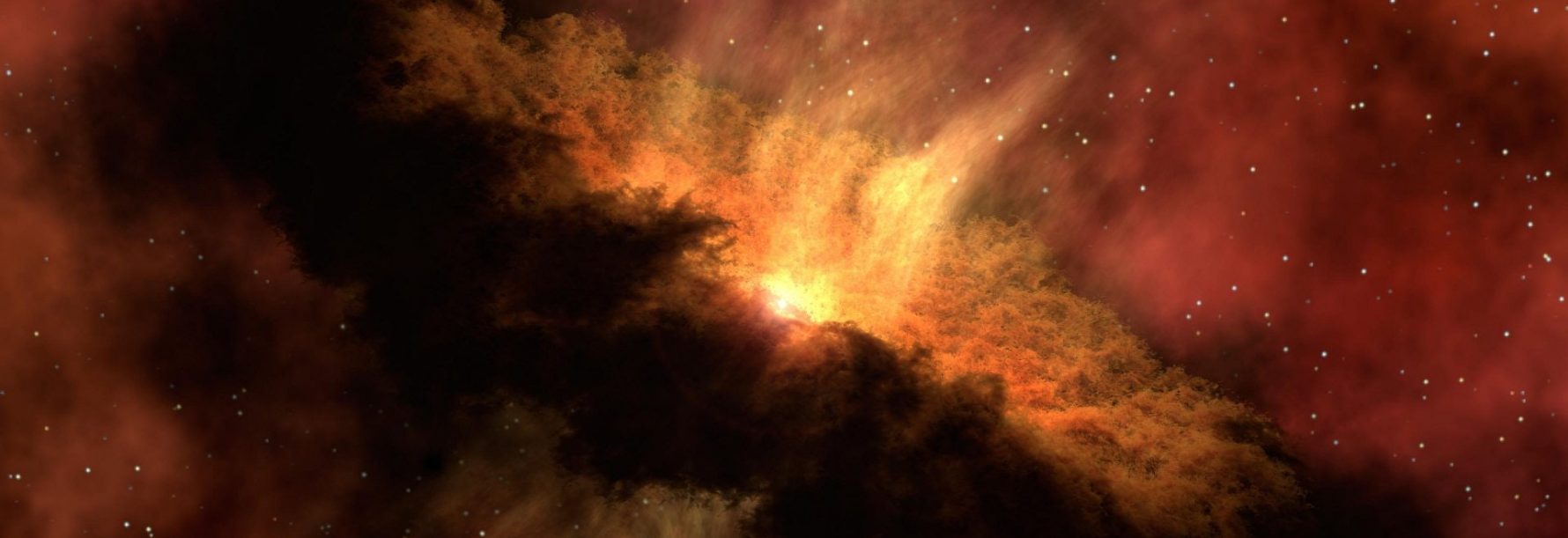Eukaryotes have a cell that is much larger and classified differently than the prokaryotic primordial cells. Among other things, they have a cell nucleus in which the hereditary material is stored. Some cells can propel themselves. The new functions of these cells also made their DNA larger.

Research into the development of eukaryotes from prokaryotes is difficult because few intermediate steps are known, and the range of potential prokaryotic predecessors is large. Computer models offer a solution to better understand the possible steps that led to the first eukaryotic. These models may support the idea that the emergence of eukaryotes was a rare, one-time event.



